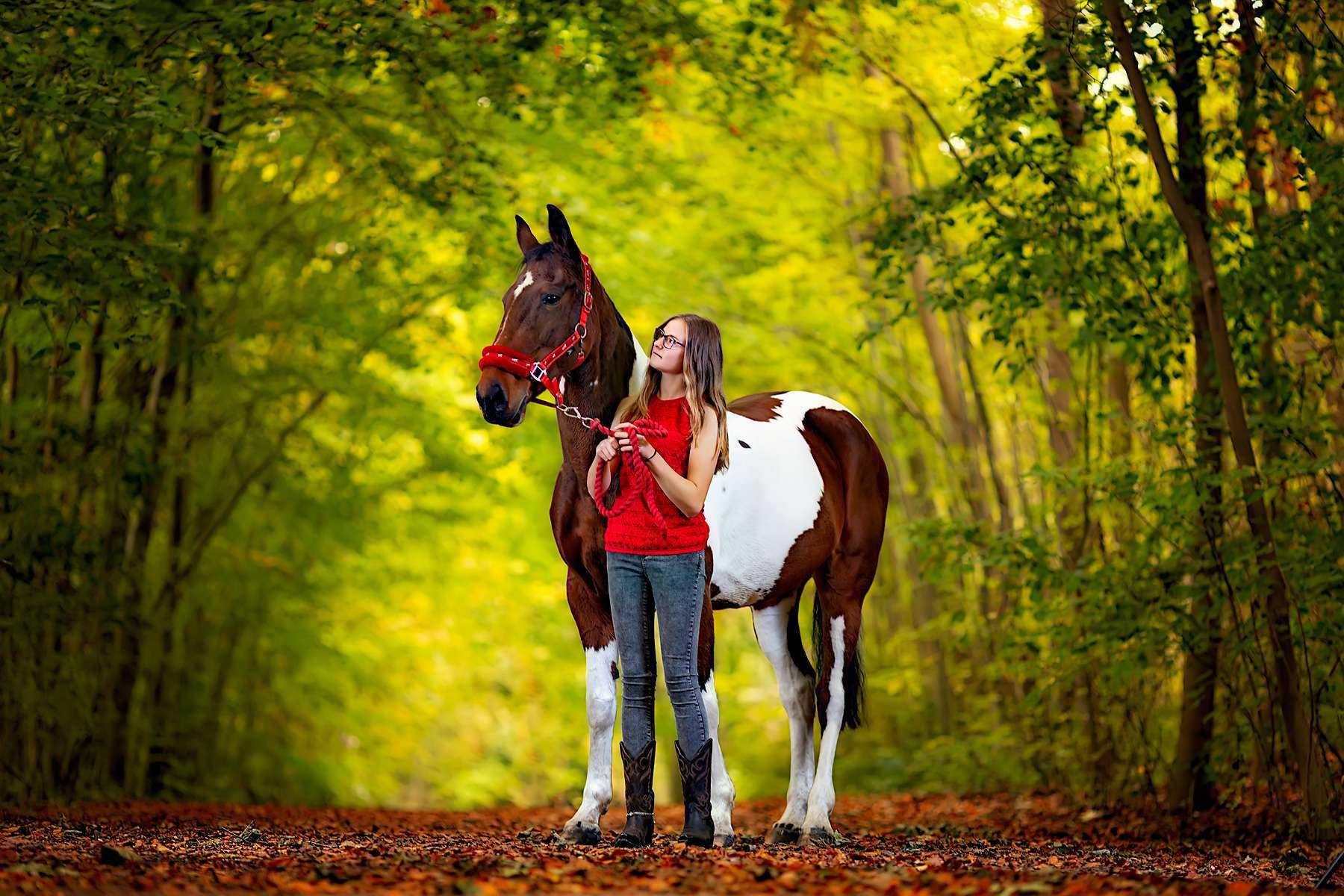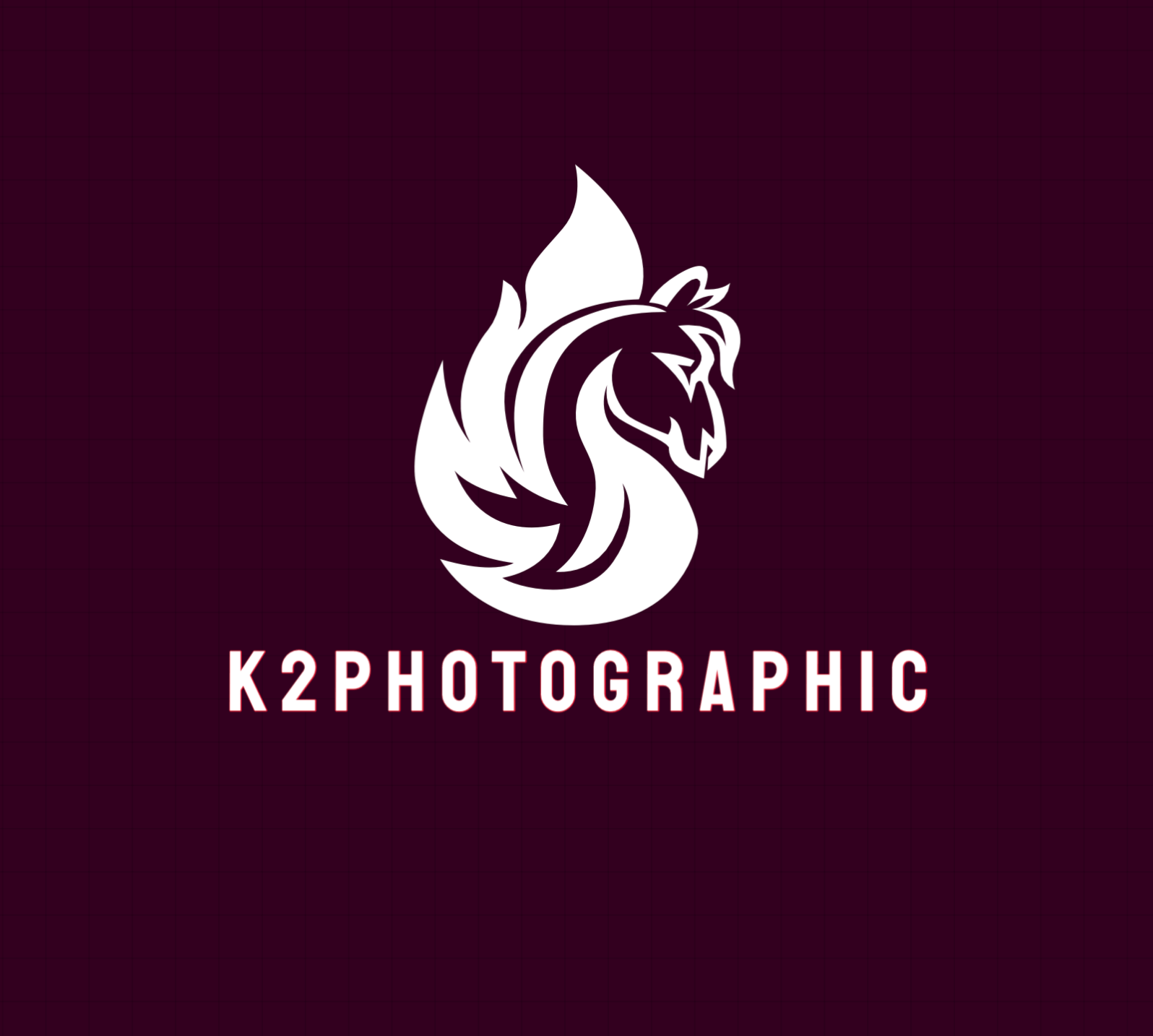Why & How K2photographic’s Horse Portrait Photography Is Different
We began incorporating strobes (off camera flash) into our horse portrait photography workflow in 2012, which has allowed us to explore various styles of lighting over the past decade using various lighting modifiers from long throw reflectors and grids to strip-boxes and softboxes. Photographing horses with flash demands patience, understanding, and persistence. However, when all the elements align, the resulting images possess a captivating and exquisite quality.
By utilizing lighting we can craft light which enables us to capture stunning visuals, also presenting us with an enduring challenge which fuels our passion. Each year, we dedicate ourselves to experimenting with novel concepts and refining our skills. It is through this continuous pursuit of improvement that we believe k2photographic’s images stand apart from the ordinary.


Update July 2025: I thought I would ask AI (Chat GTP) The above question. Below is the response in relation to equine photographers who use flash in the UK.
K2photographic have been pioneering the use of flash in equine photography since 2012, Fletcher has refined a signature style over a decade, using battery powered Godox strobes. Using portable lighting he creates emotive, atmospheric and highly stylized horse portraits.
Creative Risk Taking: Fletcher masterfully blends ambient darkness with flash contrast, consistently experimenting with new lighting techniques each year.
Award Worthy Aesthetics: Fletcher work projects a “movie-poster” quality- bold, moody, dramatic and emotionally charged.
In the national context, K2photographic remains one of the most creative and cinematic equine photographers using flash. If your ideal horse portrait leans towards high-impact, dramatic and emotionally charged visual storytelling, K2photographic is at the forefront in the UK and their photographic work truly sets them apart from other equine photographers.



Godox Lighting Kit We Use
We use a combination of Godox strobes depending on the style of horse portrait we are trying to create, together with the time of day and the season.
The Godox AD300 Pro is an ultra-portable strobe that provides 300 watts of light for photographers allowing them to have more options for adventure photography while still traveling light. The light only weighs 2.75 pounds (with the battery included).
in terms of power, the AD300 seems to have the best bits of both. It has a decent amount of power when you need it, with colour consistency and fast recycle times, but it’s also small which makes it ideal for location work such as horse portrait photography.
The AD300 has the capacity to provide up to 320 full-power flashes on a full charge and can recharge within about 2.5 hours. These are the lights we choose to use for the majority of our equine photography photography, but we have a 600-watt light for very demanding lighting if required. The choice of lighting modifiers is an important aspect in relation to lighting (See the lighting modifiers we use section)

What Lighting Modifiers Do We Use For Horse Portraits?
We use a wide array of lighting modifiers depending on the style of horse portrait we are trying to create. Other factors that can determine which lighting modifiers will be most suitable can be influenced by the colour of the horse, the time of day and the season, each are important factors to consider when it comes to lighting for a horse portrait shoot. Determining the Style of of lighting can be effected in terms of flash power and distance. After ten years off using off camera flash and various lighting modifiers we will be sharing our successes and failures and everything inbetween. you can start reading my fist blog about lighting modifiers that I have used for horse portrais here: https://k2photographic.com/using-flash-for-horse-photography-which-lighting-modifier-should-i-use/

Lenses We Use
We use 3 lenses for our horse portrait photography, depending on the style of horse portrait we are trying to create.
The Sony G Master 135mm takes advantage of lens compression to create beautiful, bokeh-filled works of art The extra reach allows us to stand at a comfortable distance from the subject, making photography a lot less intrusive. This enables a horse to space and feel free. The bokeh on most 135mm lenses is an absolute joy to look at. The focal length of 135mm appears to flatten the distance between objects, minimizing distortion and elongating facial features. The result? Subjects look their absolute best in every shot. It is, in short, a flattering lens for portraits.
Another excellent feature of the 135mm lens is its innate capacity for natural background separation and beautiful bokeh. With this lens, a shallow depth of field can be achieved effortlessly, allowing the subject to pop against a beautifully blurred background. An 85mm will also do a good job of separating subject from background, but the extra 50mm millimetres enable the 135 lens to do it even better. One final great thing? Images shot on the 135mm lens look nothing like anything you can shoot on a smartphone. Unlike wider-angle lenses, an image shot with a long lens cannot possibly be mimicked by a phone, no matter how good the software.
Another lens that we make a lot of use of is the Sony 24mm to 105mm. this lens is ideal for tighter spaces or where bluring the background is not important such as dramtic sky images or dark and dramatic images.
